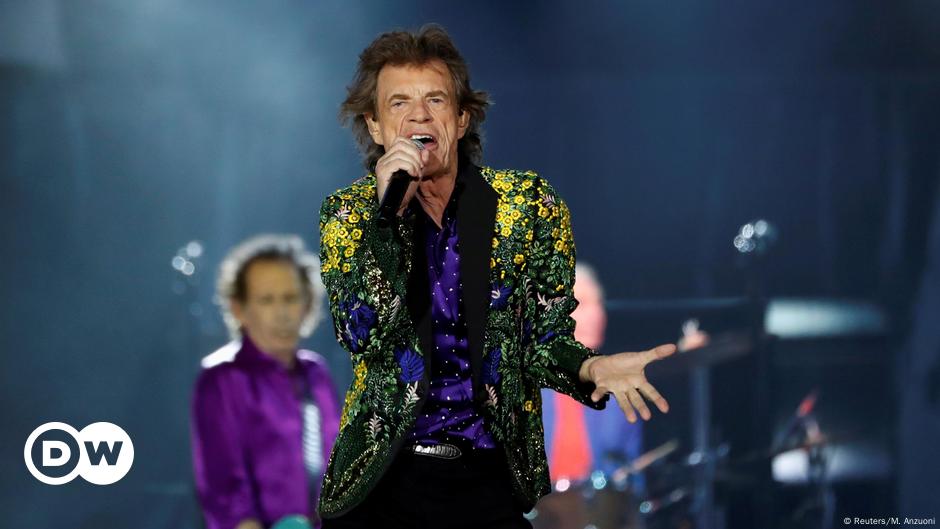The goals are set: Europe’s economy should emerge from the corona crisis in a green, digital and modern way. A huge economic stimulus plan should provide the financial firepower. In July the EU heads of state and government agreed on an unprecedented aid package. On Tuesday, EU finance ministers discussed how all of the money could be accessed.
“It should flow as quickly as possible,” declared the responsible Vice Commissioner Valdis Dombrovskis. However, the states still have to do their homework beforehand. It’s about 672.5 billion euros. Under the awkward name of the “development and resilience facility”, they make up the heart of the Corona development aids. Of this, 312.5 billion euros come in the form of non-repayable grants and 360 billion euros in the form of loans. The countries hardest hit by the pandemic are said to receive the most money.
When the Netherlands, Sweden, Denmark and Austria emerged that the funds might seep away, the “Frugal Four” in particular was concerned. A concern that also shared Germany, the traditional paymaster of Europe. Austria’s Federal Chancellor Sebastian Kurz (ÖVP) was one of the spokesmen: The funds from the fund should be used for real structural reforms and should not be used to plug budget holes, he stressed. So they agreed on strict criteria, reporting obligations and controls.
3.2 billion for Austria
In order to get the money, the EU countries have to submit detailed plans with specific projects to the EU Commission by the end of April. 18 of the 27 EU countries have already done so at least in part. Austria is still in default. There are 3.2 billion euros in grants for Austria. Only a few days ago the Ministry of Finance set up a website to initiate the mandatory participation process with NGOs, municipalities, states and interest groups. Strict guidelines must be observed, which were created not least at the urging of Austria: at least 37 percent of the funds must go to climate protection, at least 20 percent to digitization. Health, education and administration are other possible investment fields. Anything that strengthens the resilience of the economy is desirable. At the same time, none of the submitted projects may cause any significant damage to the environment. “Do no significant harm” is the technical term. Power plants, for example, or road construction are therefore ruled out from the outset.
Italy will receive most of the funding. The government of Giuseppe Conte fell over the dispute over the use. For Italy alone, 65 billion euros are earmarked for grants. Including the loans, Italy can call up almost 200 billion euros. In any case, 20 billion euros should flow into the health system. Spain’s proposals are also still vague. “España puede” (Spain can) is the name of the plan. Together with the loans, 150 billion euros are planned. The plans of France (almost 40 billion grants) and Greece (17.7 billion) are more concrete. Paris wants to put seven billion euros into the thermal renovation and almost five billion into the renewal of the rail network, as well as lowering production taxes by 20 billion euros. Athens, on the other hand, had its development plan drawn up by a commission chaired by the Nobel laureate in economics, Christopher Pissarides. The crisis country wants to transform itself into an attractive investment location.
It is questionable whether Belgium will get away with its wish to put 60 million euros of its six billion euros from the Corona fund into the renovation of the Palace of Justice in Brussels, which has been ailing for decades. The final decision rests with the heads of state and government. You have to agree with a qualified majority. But first it is the Commission’s turn. It checks whether the plans comply with the green-digital guidelines. EU budget commissioner Johannes Hahn recently said that the “reform aspect” in the previously known projects was “not yet as pronounced as we would like it to be”. The process will take until summer.
The procedure
The EUR 750 billion in Corona EU aid will be borrowed by the EU Commission. The centerpiece is the reconstruction fund (672.5 billion euros). 312.5 billion are grants, 360 billion are loans. The money should flow into sustainable investments for modernization. The EU states have to submit their construction plans by the end of April. It will be paid twice a year until 2023. The Commission is examining milestones. The payout runs until the end of 2023, the project execution until 2026.
Article by
Sylvia Wörgetter
–
–
 –
–
turned_in
info Click on the icon to add the keyword to your topics.
–
turned_in
info
Click on the icon to open your “my topics” page. They have of 15 keywords saved and would have to remove keywords.
–
turned_in
info With a click on the icon you remove the keyword from your topics.
–
turned_in
Add the subject to your subjects.
–
–
–

